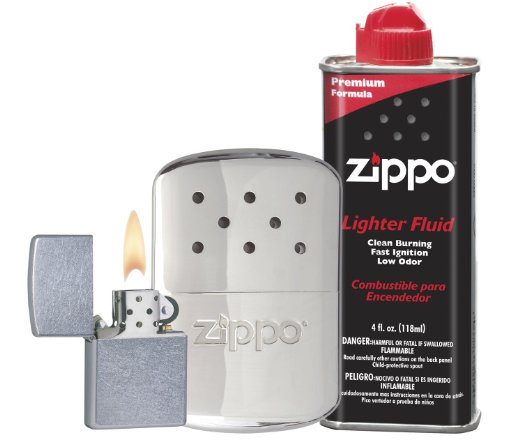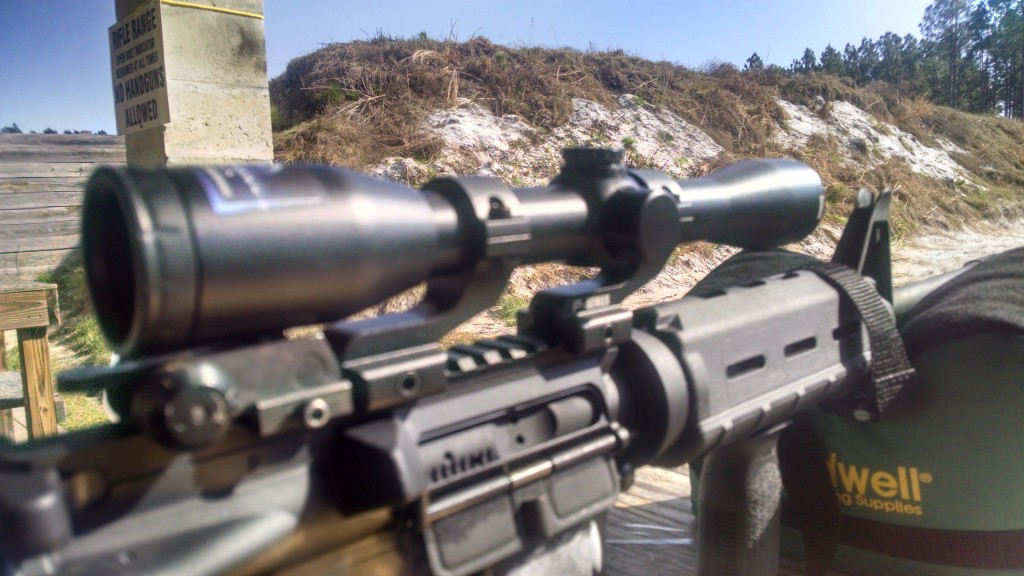Fumbling around in your pack for your binoculars can be incredibly frustrating, as even a few lost seconds can mean the difference between a successful hunt and going home empty handed. Growing up, I personally experienced this enough times that I started carrying my binos in my pocket—only to later realize that they'd fallen out somewhere along the hike. On the other hand, I've always hated neck straps, as they can be a real pain in the…you guessed it, neck!
Fortunately, it's been years since I've had to deal with these issues thanks to the number of excellent binocular harnesses that have come out in the last decade or so. Still, like all things in life, there are good binocular harnesses and not so good ones—but the question is how do you tell the difference?
To make things a bit easier, today I'm going to give you a breakdown of my top four bino harnesses. I'll also give you some basic info to help you make a better informed decision on what is the best binocular harness for your needs.
Bino Harness | Our Rating |
|---|---|
Harness vs. Neck Straps: The Winner is Clear
When it comes to a binocular harness versus neck straps, there can only be one winner. Simply put, harnesses are better in virtually every single important factor. Let's start with convenience. Going back to my original story, harnesses ensure your glasses are always on hand whenever you need them. The elastic straps or shock cords also help keep them from flopping around or dangling as you move, while still allowing you to easily and comfortably bring them up to your eyes.
Comfort is another major factor in the superiority of harnesses, as the straps help to distribute the weight across your back and shoulders—taking the strain off of your neck. With the top harnesses, you can wear your optics from sun up to sundown and still barely even notice they're there.
Harness and Attachment Types
When looking at bino harnesses, we can generally break them down into two main categories based on the style of the harness—basic and full-size. Full-size harnesses feature padded straps, much like you'd find on a backpack, and usually come with a full or partial case to help protect the binoculars. On the other hand, basic harnesses—as the name would suggest—are quite simple, usually just containing a standard elastic strap system that forms an X-pattern across the back and holds the binos tight to the chest. These are usually the cheapest type of harness, and in some ways, they provide benefits that the more expensive full-size harnesses can't. The main one being that these harnesses connect directly to your optics, meaning they'll always be right on your chest and ready to go whenever you need to glass something.
With basic harnesses, you'll also have the choice between snap-on or quick release attachments. The quick release attachments are obviously more convenient, and the strap for the quick release buckle can usually be slid right through the anchors.
With a snap-on attachment, you'll need to attach small metal rings to the neck strap anchors, which the harness can then be clipped on to. This is by far the most common type of attachment, but keep in mind that it does take a few more seconds to disconnect your binos should you ever need to.
Things to Consider When Buying a Binocular Harness
· Protection: For some hunters, this is without a doubt the most important factor as they want to ensure their expensive optics are as well protected as possible. In this case, it's best to go with a model that features a full pouch if you want to keep your glasses shielded from dirt, moisture and damage. On the other hand, models with a partial case will still help keep the lenses and body protected from moisture and damage, but you may still get a bit of dirt and debris in the case due to the open sides.
· Comfort: There's no doubt that full-size harnesses are generally much more comfortable than the basic type, especially after a long day out hiking in the field or sitting in a stand. As I already said, the straps on most full-size harnesses are small enough to fit under a backpack. However, that doesn't necessarily mean that they fit entirely comfortably, as some of them can feel a bit bulky. In fact, I generally prefer a basic strap whenever I know I'm going to be doing a lot of hiking around with a pack on my back and rifle slung over my shoulder.
Binocular Harness Reviews
Now that we've gotten through the nuts and bolts of choosing a harness, it's time to get into the products themselves. As someone who's personally used several different types, I decided to include a number of different styles for those of you who've already narrowed down your choice to one particular type. So without further ado, here are my top four harnesses.
S4 Gear Lockdown X: The Best Binocular Harness

Considered by many to be a 'low profile' harness, the Lockdown X from S4 Gear is really the best of all worlds—giving you the comfort, protection and support of a full-size harness, but without being overly big, bulky or heavy. The padded straps are super soft and comfortable, and also lined with breathable mesh on the inside to prevent sweating. While S4 actually makes two versions of the Lockdown, I find the Lockdown X to be much more comfortable as the x-pattern of the straps helps to prevent neck strain.
The binos fit snugly in the case on the front, which is connected both around the sides and to the shoulder straps to prevent bouncing (S4 calls it 'anti-bounce technology'). Even on the bumpiest of ATV rides, your glasses will always stay tight to your chest—not something all harnesses can claim.
Still, what I really like about this one is the partial case, which is not only quick and silent to open, but also provides protection against moisture and damage despite the open sides. In fact, the waterproof top is big enough to help shield the sides from getting wet, even in a torrential downpour. As well, you'll never need to worry about them falling out of the case, as the binos attach to the harness with elastic shockcords. These keep them secure, but can still stretch far enough to bring them up to your face without tugging on the harness.
Another thing that makes this harness stand out is the size of the case. While many models can only fit small to medium sized binos, this one is designed for big, high powerful optics and can fit anything between 5.75 and 7.5-inches (my Swarovski SLC 15x56 binos fit, albeit tightly). In fact, the only real negative is that the case could be a bit more adjustable, as your binos may ride a bit too high or low if you're taller or shorter than average.
Leupold Quick Release Binocular Harness

Leupold are known for making quality tactical and hunting gear especially when it comes to optics like binoculars and rifle scopes. The Leupold Quick Release is definitely another one of my favorites. Although it's a basic harness, it's still quite comfortable to wear, but what I really like about it is the convenience. The quick release attachment makes it simple to take off your binos anytime you want to rest and get rid of the weight for a bit. The straps are fully adjustable, and no matter how big or small you are, you can be confident that they'll stay tight and keep your glasses snug to your chest—even on horseback.
There's nothing fancy about this harness, but it definitely does everything a good harness should and all for fairly good price. Best of all, it's guaranteed to fit—no matter what size, brand or model of binoculars you own.
Badlands Mag Bino Case

The choice of many professional guides, the Badlands Mag Bino Case offers the ultimate in comfort and protection. The waterproof, zipperless case is completely silent to open, but the magnet closure has a tendency to snap shut with a thud if you're not careful.
In terms of the best full-size, full cover harness, this would have to be my pick and I definitely prefer it over the similar Kuiu bino harness, as this one comes with a built-in drinking pouch.
Still, it's not without its flaws. My main complaint is that the cords that attach the binos to the harness are a bit short and tug the case up a bit when you raise the glasses up to your face. Nonetheless, if protection is your most important factor, it's well worth the slightly higher price.
Crooked Horn Side and Flex

Another basic harness, this ever popular Crooked Horn binocular harness is simple, straightforward and effective. The straps are softer and more comfortable than you'd expect and built to withstand years of heavy use without getting stretched out, breaking or tearing.
Although I personally still prefer the quick release attachments, the snap-on attachments on this harness also make it super easy to bring the glasses up to eye level. As well, since there's no pouch or parts, you'll never have to worry about making a sound. All in all, this is definitely a great choice for those looking for a combination of low price and convenience.
In Summary
When it comes to finding the best binocular harness, much of it comes down to your personal preferences—meaning the best product for you might not necessarily be on this list. That being said, this should at least give you a good place to start looking.



